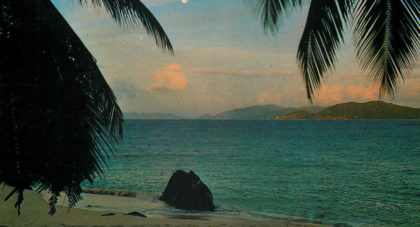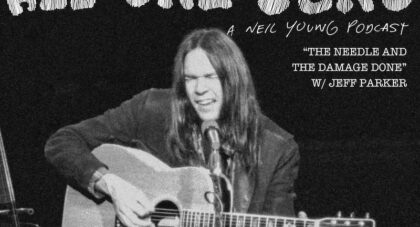Diamonds From the Deepest Ocean is a new series exploring classic Bob Dylan bootlegs from the CD era. Before broadband internet, YouTube, and bottomless hard drives overflowing with FLACs, many Dylan fans relied on the grey market to gain entry into the world of unreleased Dylan. This series celebrates those tangible treasures and wonders: "What's lost when you can have it all?"
First up: Peco’s Blues (or: Lucky Luke . . .
Only the good shit. Aquarium Drunkard is powered by its patrons. Keep the servers humming and help us continue doing it by pledging your support.
To continue reading, become a member or log in.


